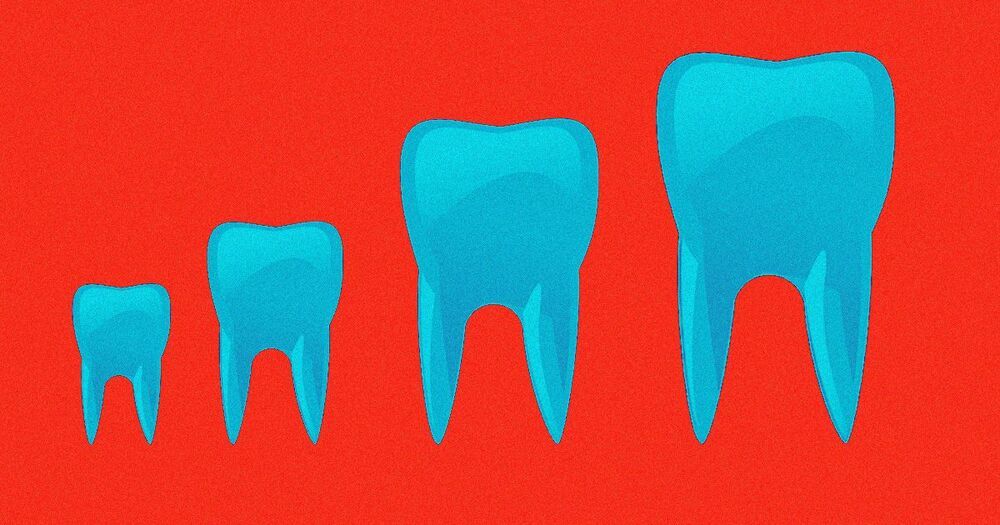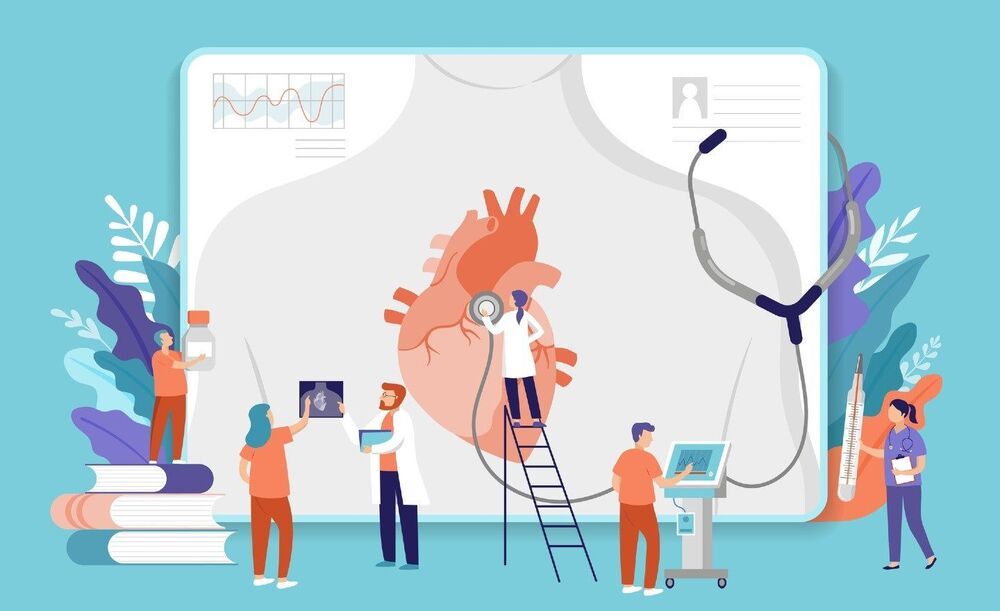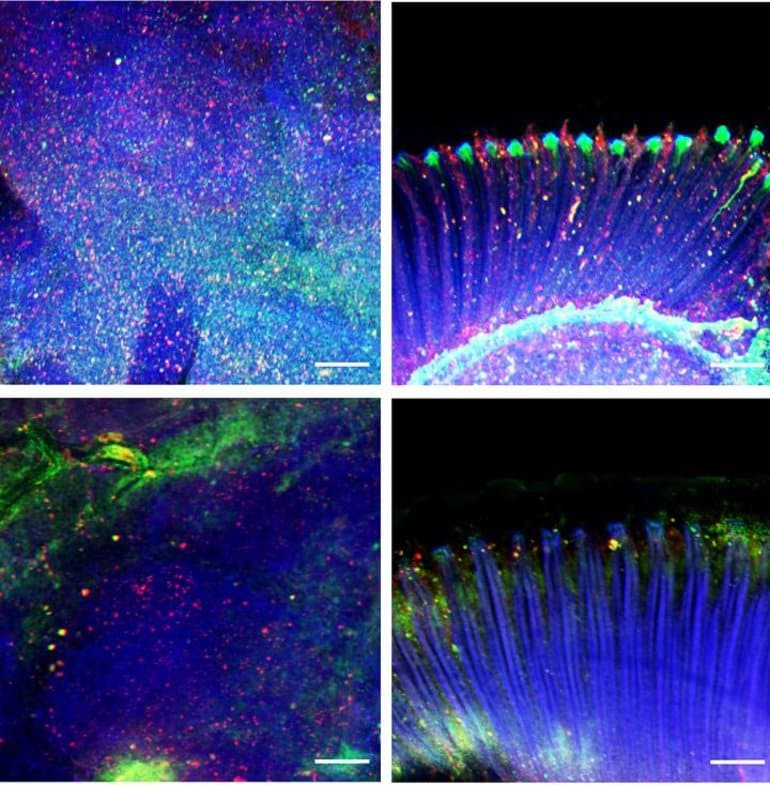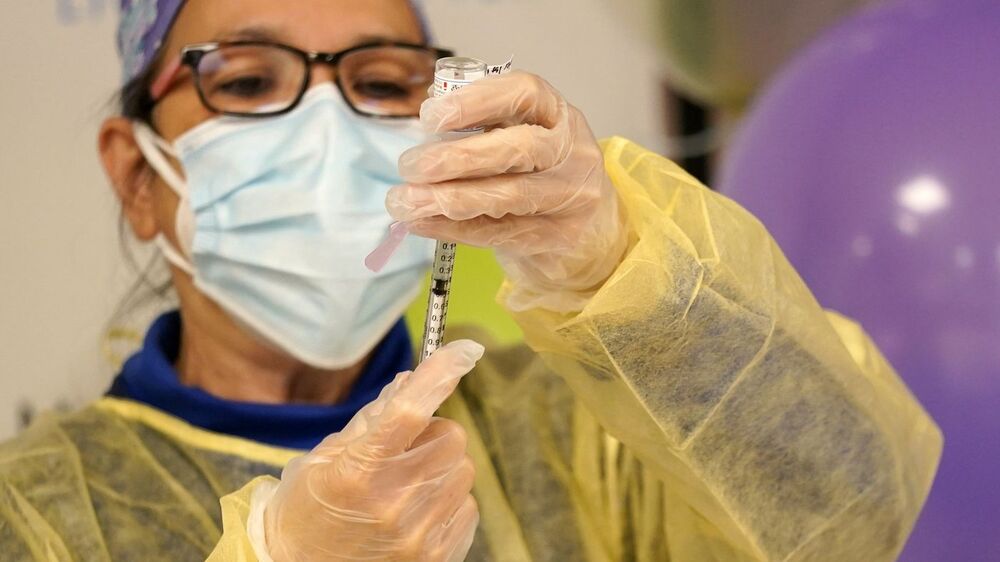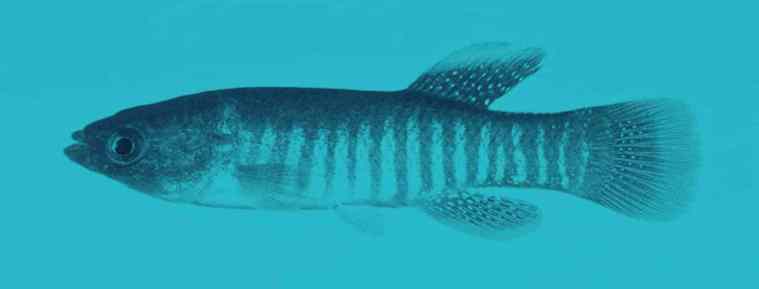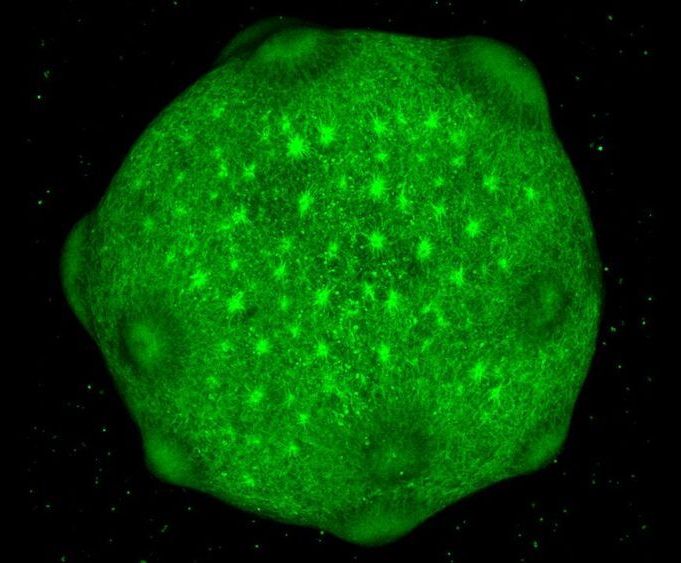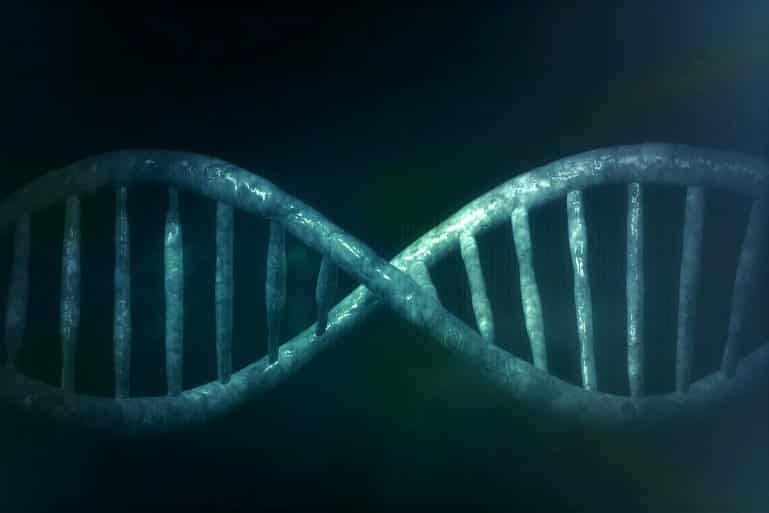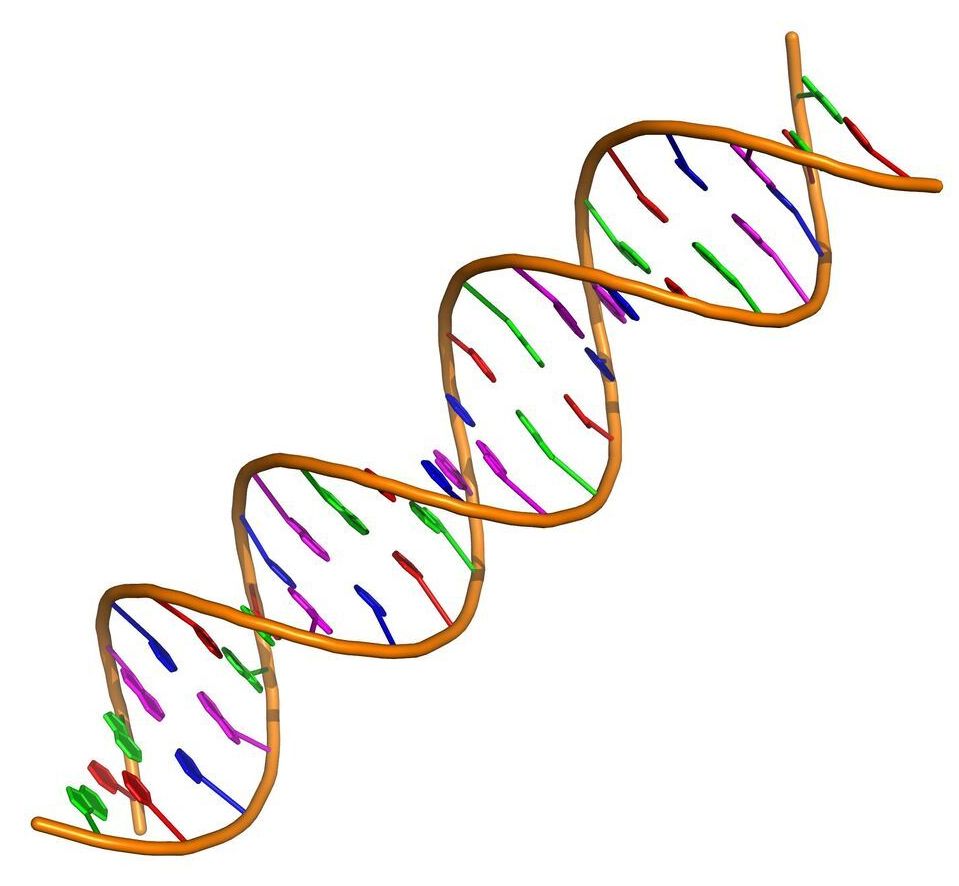Summary: People with cerebral small vessel damage who also had a leaky blood-brain barrier had more tissue damage after two years than those whose blood-brain barrier was intact.
Source: AAN
As people age, changes in the tiniest blood vessels in the brain, a condition called cerebral small vessel disease, can lead to thinking and memory problems and stroke. These changes can also affect the blood-brain barrier, a layer of cells that protect the brain from toxins circulating in the blood.


